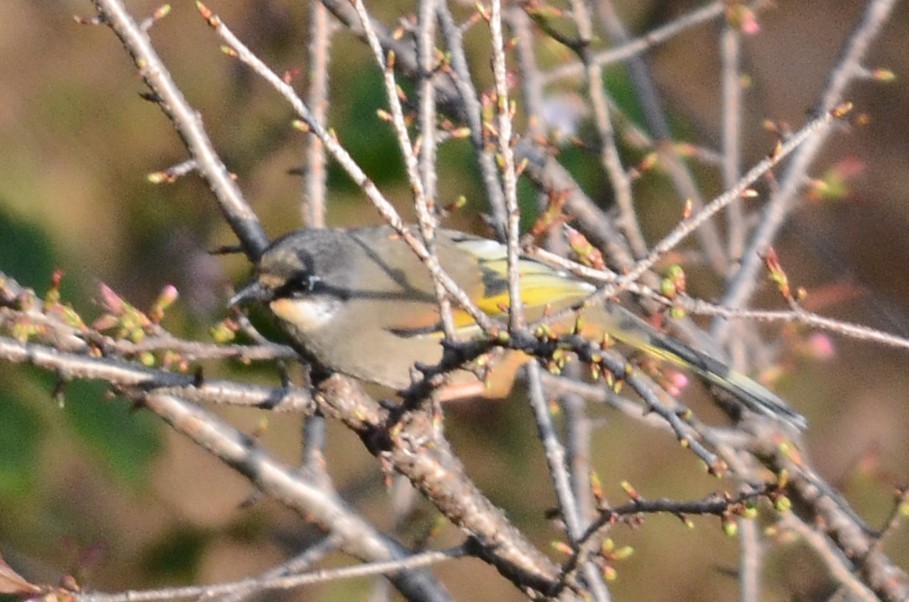Variegated Laughingthrush
A species of Trochalopteron Laughingthrushes Scientific name : Trochalopteron variegatum Genus : Trochalopteron Laughingthrushes
Variegated Laughingthrush, A species of Trochalopteron Laughingthrushes
Botanical name: Trochalopteron variegatum
Genus: Trochalopteron Laughingthrushes
Content
Description General Info
 Photo By Nikolaj Mølgaard Thomsen
Photo By Nikolaj Mølgaard Thomsen Description
The Variegated Laughingthrush is a medium-sized laughingthrush typically 24-16 centimeters in length and weights 57-79 grams. Both subspecies have a black stripe down the center of the throat and are overall olive and buffy in appearance. The large tail has a gray subterminal band with a white tip. The color of the outer rectrices vary based on the subspecies. ''Trochalopteron variegatum variegatum'' has distinctive yellow primary and secondary feathers with cinnamon-tipped greater coverts and black primary coverts. ''Trochalopteron variegatum variegatum'' has yellow outer rectrices. The area around the beak is black up until the eye, which is broken with a white eye ring. Buff area at the base of the mandible fades to whitish. The ''variegatum'' subspecies has buff forehead with a brownish gray crown. ''Trochalopteron variegatum simile'' is similar to ''Trochalopteron variegatum variegatum'' except has gray primary and secondary feathers along with gray outer rectrices. The area around the lower mandible is whiter in this subspecies and the buff on the forehead is more dull. 
Size
26 cm
Nest Placement
Shrub
Feeding Habits
Variegated Laughingthrush consumes insects, fruit, and berries, foraging in bushes and on the ground. During breeding, it pairs up; otherwise, it feeds in groups of 20+. It can also be found ascending trees, exhibiting little shyness when foraging.
Habitat
The variegated Laughingthrush typically inhabits open forests comprised of mixed vegetation such as fir, birch, oak, dense rhododendron, and ringal bamboo. It thrives in dense jungles with heavy undergrowth, especially in the winter months, and is often found in areas with dwarf rhododendron bushes and viburnum patches near the forest's edge. The species occasionally adapts to human-altered landscapes, venturing into gardens and open willow groves.
Dite type
Omnivorous
General Info
Feeding Habits
Bird food type

 Photo By Nikolaj Mølgaard Thomsen
Photo By Nikolaj Mølgaard Thomsen Scientific Classification
Phylum
Chordates Class
Birds Order
Perching birds Family
Laughingthrushes Species
Variegated Laughingthrush